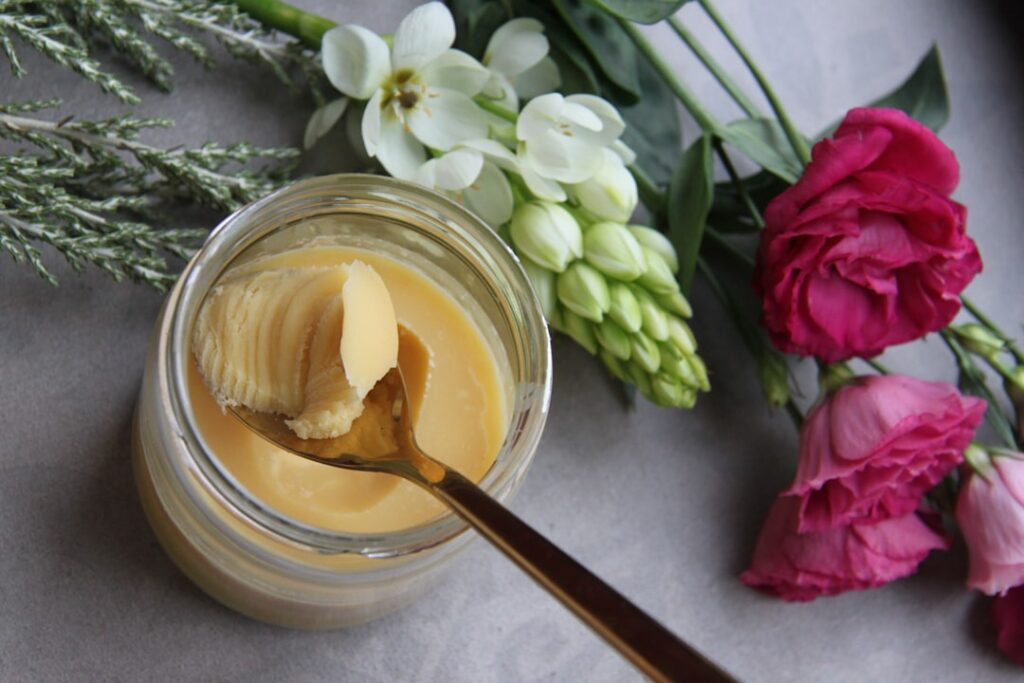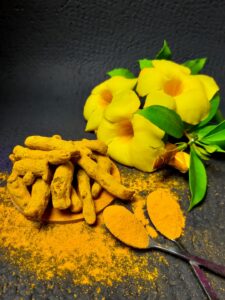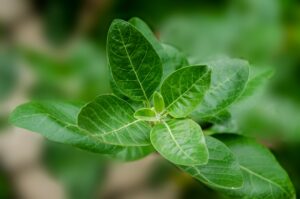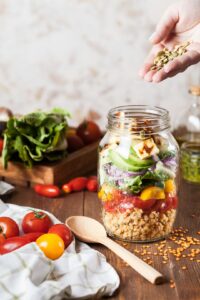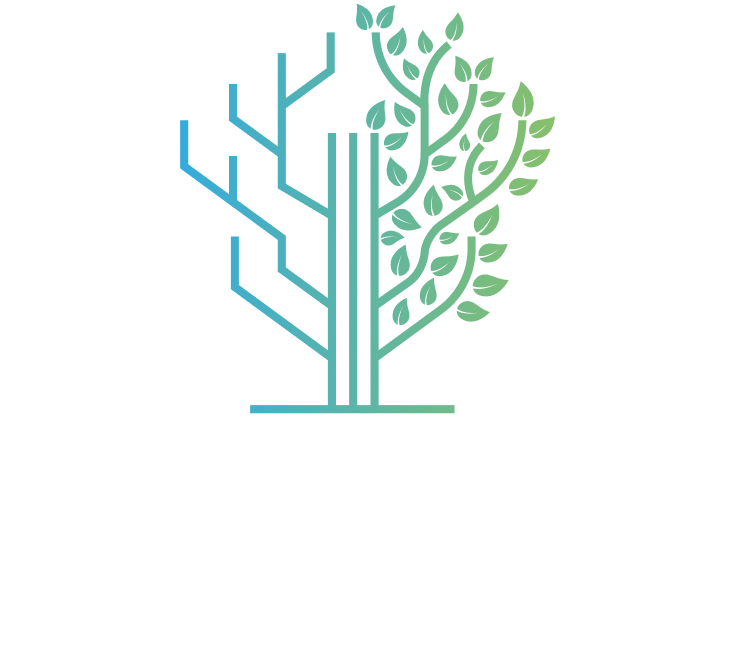To be or not to be … a staple in my kitchen is now Ghee.
Ghee, a clarified butter, is made by melting and simmering organic butter and then removing the milk solids, leaving behind a beautiful golden color and a nutty flavor butter. Ghee has been used for centuries in cooking and as an Ayurvedic medicine.
As a child, I recall my grandmother making halwa (a sweet confectionary that includes semolina, ghee and sugar). I loved the aroma in the home, the taste of her halwa and how it made me feel. But over the years, I grew up believing the myth that ghee was unhealthy, linked to high cholesterol and weight gain. This was no longer an ingredient used growing up.
As an Internal Medicine doctor trained in NYC, I was cautious about anything that could increase the risk of heart disease. Healthy oils such as olive oil became mainstream as the way to maintain good heart health. Most recently, during my recent Fellowship in Holistic Integrated Health and Ayurveda, I discovered the truth about ghee—straight from the source.
I was fascinated, not only because I had been misled all my life but because ghee is just one of many “forgotten” ingredients that deserve a place in our diets. Uncovering this ancient wisdom has been my awakening.

The Origins & Benefits of Ghee
Ghee originated in India between 1500-500 BC and remains a staple in Indian kitchens. Today, it has gained mainstream popularity worldwide—you’ll likely find it on the shelves of most U.S. grocery stores. Since it’s shelf-stable, there’s no need for refrigeration; it can be stored in a pantry for weeks.
While ghee should be consumed in moderation due to its calorie and saturated fat content, research supports its numerous health benefits. Studies link ghee to cardiovascular health, wound healing, skin nourishment, cognitive benefits, gut health, and even eye health (Kataria et al., J Ayurveda Integr Med, 2024).
How I Use Ghee in My Daily Life
- Sautéing Vegetables – I add ¼ teaspoon of ghee with Ayurvedic spices to sautéed vegetables. Ghee acts as a transporter, helping nutrients and spices absorb deep into the tissues. As a bonus, it’s nutty flavor adds another delicious taste to the meal.
- Skin Healing – For minor burns or abrasions, I apply a small amount of ghee. It soothes the burn instantly and promotes healing. Ghee is an anti-inflammatory, an antibacterial, and rich in antioxidants, making it beneficial for skin health. Next time you have chapped lips, add a bit of ghee and witness the nourishing benefits.
- Bedtime Milk – I drink warm milk with turmeric, cardamom, and a pinch of ghee before bed. This combination supports gut health, reduces inflammation, and even helps flatten the belly—possibly due to ghee’s medium-chain fatty acids, which convert to energy and aid fat burning.
- Hormone Balance – Some evidence suggests that consuming ghee on an empty stomach in the morning helps regulate hormones. Healthy fats are essential for hormonal balance, and ghee supports overall homeostasis.
- Joint Lubrication– Yoga practitioners recognize the benefit of ghee lubricating connective tissue which in turn promotes flexibility. My yoga practices have truly improved over the last 2 years that I have incorporated ghee into my diet.
I’m excited to reintroduce this ancient, time-tested Ayurvedic ingredient into modern diets. Ghee is more than just a cooking fat—it’s a powerful tool for nourishing and rejuvenating the body and maintaining gut health.
As a physician who logged 20 years in big pharma, I’m on a quest to make eastern medicine accessible to a western mindset.

